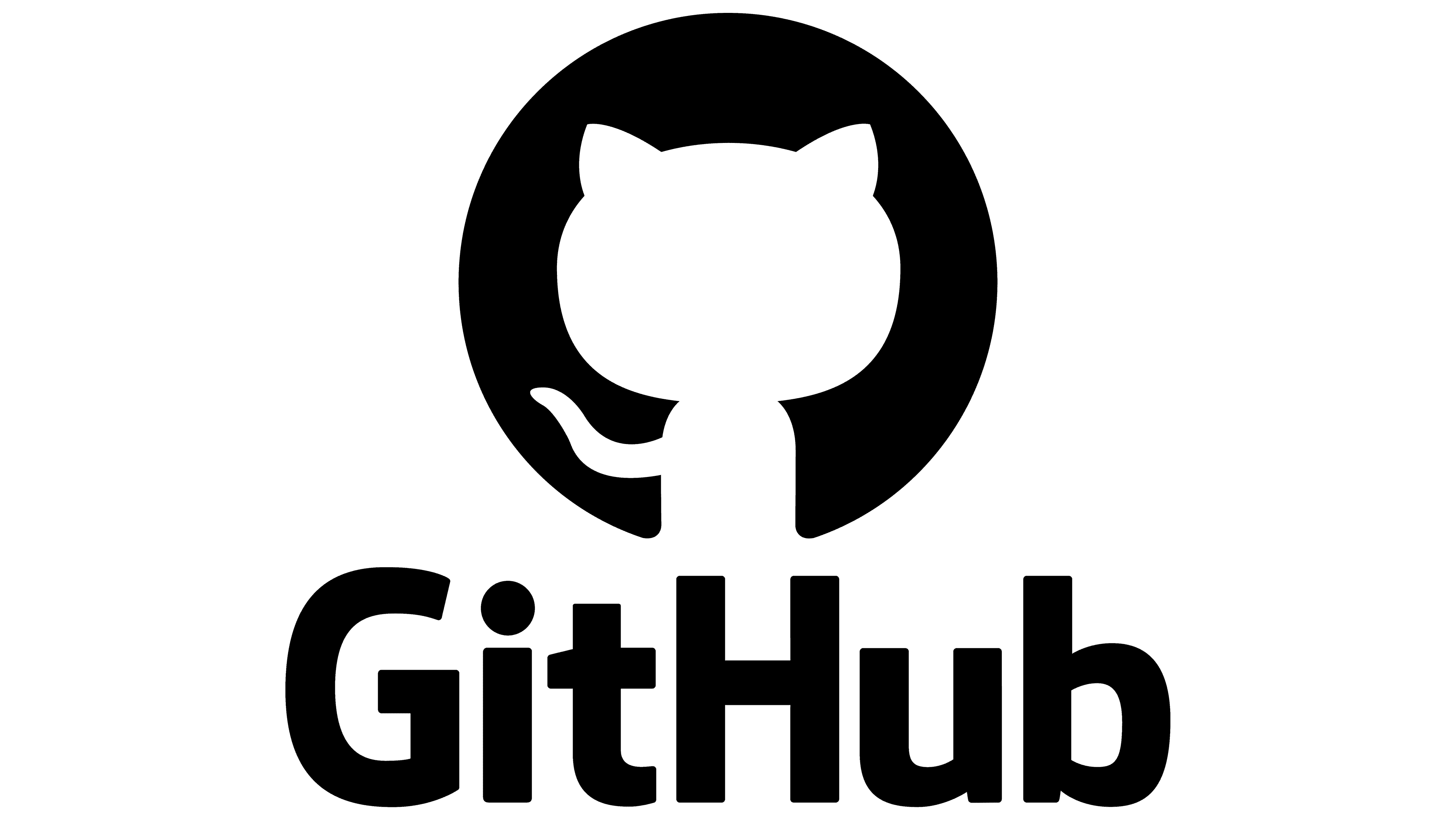Cloudflare Plugin (Allow only CF-Traffic to your Server)
Overview
This plugin ensures that incoming requests must originate from Cloudflare’s network (or other CIDRs that you explicitly allow). It is particularly useful when you only want Cloudflare-proxied traffic to reach your services. By using Cloudflare’s IP ranges, the plugin can block all other sources of traffic and help enhance security.
Plugin Page
Requirements
- A working Traefik setup (for instance, Traefik Reverse Proxy for Docker Swarm ).
- A valid DNS-01 Challenge configuration with Cloudflare to manage certificates (see Docker Compose with Let's Encrypt DNS Challenge ).
With these prerequisites in place, you can integrate the Cloudflare plugin to filter and rewrite traffic so that only Cloudflare IP ranges can access your services through Traefik.
Features
- 🌐 Only allow traffic originating from Cloudflare IP v4 and v6
- 🛡️ Custom CIDRs list can be added to allow requests not from Cloudflare
- ♻️ Refresh Cloudflare CIDRs from the Cloudflare API
- ⚙️ Handle
X-Forwarded-Fororiginal header to allow Cloudflare requests from a trusted reverse proxy behind Traefik - 🛠️ Rewrite requests
X-Forwarded-Forheader with the user IP provided byCF-Connecting-IP - 🌎 Rewrite requests
X-Forwarded-Protoheader with the scheme provided byCF-Visitor - 📡 Rewrite requests
X-Real-IPheader with the user IP provided byCF-Connecting-IP - 🔒 Rewrite
RemoteAddressto permit Traefik ipwhitelist middleware to work on IP provided byCF-Connecting-IP
Configuration
Plugin Options
| Key | Type | Default | Description |
|---|---|---|---|
trustedCIDRs |
[]string |
[] |
Requests coming from a source not matching any of these CIDRs will be terminated with a 403. If empty, it is populated with Cloudflare’s CIDRs. |
allowedCIDRs |
[]string |
[] |
Requests coming from a source matching any of these CIDRs will not be terminated with a 403 and no overwrite of request header append. |
refreshInterval |
time.Duration |
24h |
When trustedCIDRs is empty, Cloudflare’s CIDRs will be refreshed after this duration. Using a value of 0 seconds disables the refresh. |
overwriteRequestHeader |
bool |
true |
When true, the request’s header is rewritten. When false, any header or Traefik RemoteAddress is modified, filtering only the request from Cloudflare IP. |
appendXForwardedFor |
bool |
false |
Works only when overwriteRequestHeader is true. When true, prepend Cloudflare IP to X-Forwarded-For instead of replacing the first value. |
debug |
bool |
false |
Output debug messages in Traefik logs. |
Traefik Static Configuration
experimental:
plugins:
cloudflare:
moduleName = "github.com/agence-gaya/traefik-plugin-cloudflare"
version = "v1.2.0"Where to Add This?
In your static configuration file (for instance, static.yaml or static.toml), add the above lines under the experimental section to enable the plugin. Ensure Traefik is restarted or reloaded to pick up these changes.
Dynamic Configuration
To configure and instantiate the plugin, you need a dynamic configuration file as well. This can be in YAML, TOML, or another format supported by Traefik.
http:
middlewares:
cloudflare:
plugin:
cloudflare:
trustedCIDRs: []
overwriteRequestHeader: true
routers:
foo-router:
rule: Path(`/foo`)
service: foo-service
entryPoints:
- web
middlewares:
- cloudflareStep-by-Step: Creating a http.plugins.yaml File
- Create a dedicated file at
/mnt/glustermount/data/traefik_data/dynamic/http.plugins.yaml(or a suitable location). - Paste the dynamic configuration for the plugin into this file. For example:
http: middlewares: cloudflare: plugin: cloudflare: trustedCIDRs: [] allowedCIDRs: [] refreshInterval: 24h overwriteRequestHeader: true appendXForwardedFor: false debug: false routers: foo-router: rule: Path(`/foo`) service: foo-service entryPoints: - web middlewares: - cloudflare services: foo-service: loadBalancer: servers: - url: "http://127.0.0.1:8080" - Reference this dynamic file in your Traefik static configuration (e.g.,
--providers.file.filename=/mnt/glustermount/data/traefik_data/dynamic/http.plugins.yaml). - Restart or reload Traefik to apply these changes.
Verifying the Plugin Works
To ensure that the plugin is blocking traffic not coming from Cloudflare, you can attempt a cURL request from a source IP that is not one of Cloudflare’s documented IP ranges:
curl -kH "Host: test.aeoneros.com" https://<public-ip>
You should receive a 403 (Forbidden) response if your IP is not allowed. If you route through Cloudflare, the request should pass normally.
Middleware Plugins in Traefik
Once loaded, these plugins behave like statically compiled middlewares. Their instantiation and behavior are driven by the dynamic configuration. For example, you can add multiple plugins in the experimental section of your static config, and then configure them in your dynamic config similarly to built-in middlewares.
Visit the Traefik Plugin Catalog for more community-contributed plugins.



No Comments